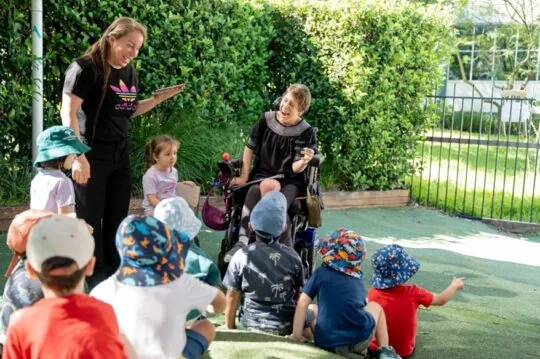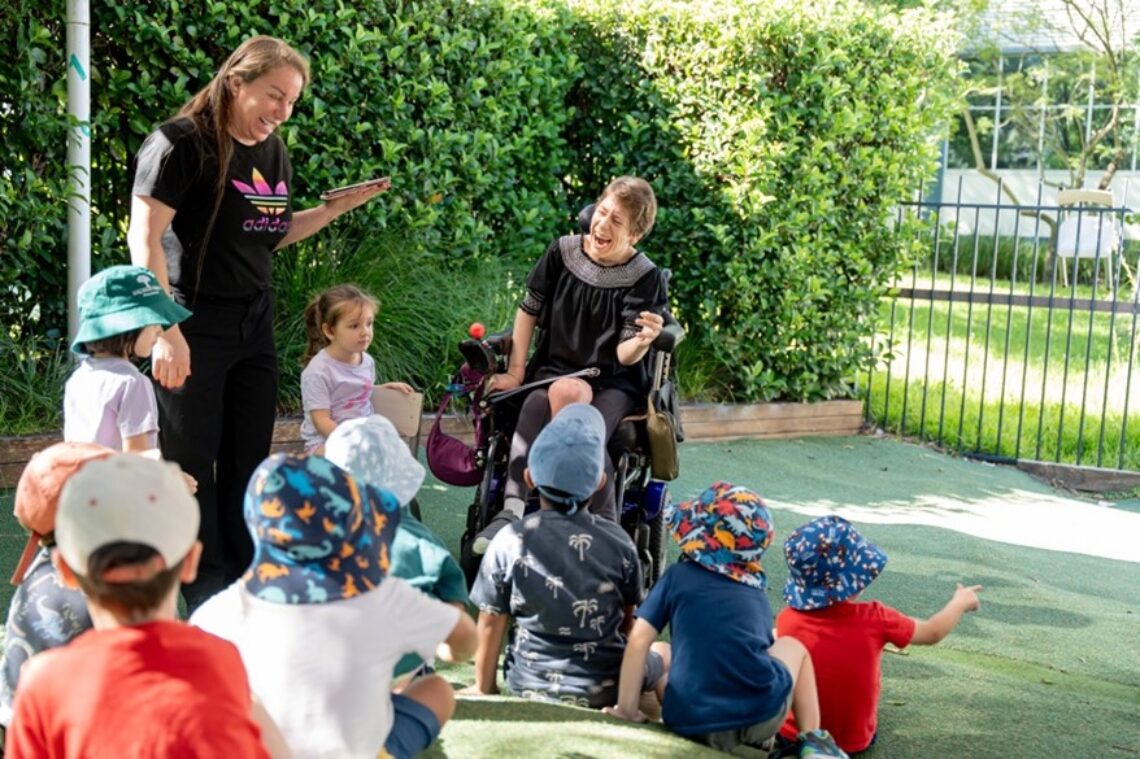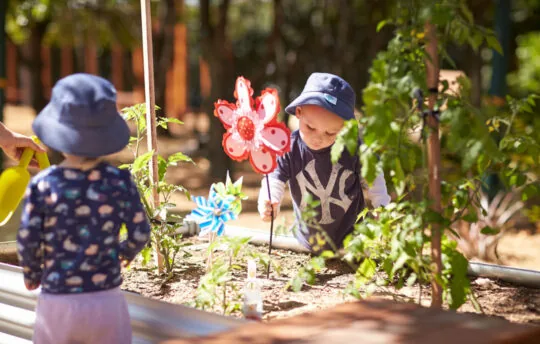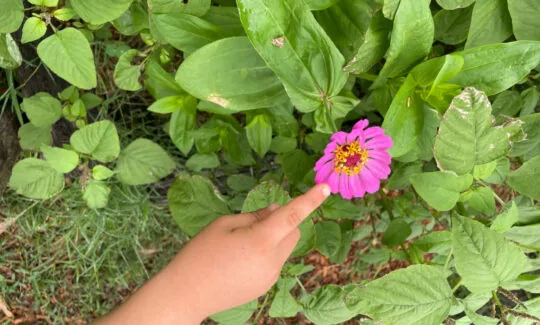Tips for Guiding Your Toddler Through Transitions


Written for Only About Children by Dr Kaylene Henderson, Child Psychiatrist and Parenting Expert
Unsurprisingly, taking a moment to try to see situations through our children’s eyes can often inspire us to approach challenges differently with them. In my recent webinar for Only About Children families, I encouraged parents to do this by imagining what it might feel like to be suddenly moved between activities without warning or support.
In case you missed it (and you’re in the mood for some strange imaginings…), I want you to picture this scenario…
You’re having a great time catching up with your friends, laughing and joking … when suddenly an enormous pair of hands reaches down, grabs you without warning and carries you away?!
Now imagine you’re sitting by yourself, nearing the end of a great book when, unexpectedly, the giant pair of hands returns, carrying you away from your book as a voice instructs you that it’s time to eat!!
Naturally, some toddlers will find transitions harder to manage than others, but ALL children will find transitions challenging when they are moved along from an activity in which they’ve been really engaged. Sometimes this is expressed as frustration, crying, whingeing or defiance. And when we picture ourselves in these situations, it’s easy to see why. Let’s face it – we’d be upset too!
So what can we do to make transitions a little easier for our toddlers?
The keys to minimising the upsets caused by transitions are warnings, choice and consistency. You can also acknowledge your child’s efforts here too since learning to manage situations like these can feel unsettling and challenging for our little ones.
Warning:
When you know that a transition is coming, let your child know by giving a warning.
“It will soon be time to finish up your play and come inside.”
Or, with my own children, I’ve found it helpful to use this wording:
“It’s almost time to come inside. Can you think about how you’d like your play to end and work on that ending now please?”
Choice:
Offer a choice point if you think it might be helpful:
“Are you ready to finish up now or would you like a few more moments to finish your play?”
Be consistent:
At the transition time, be consistent. This isn’t the time to change the plan if you really need your child to move on.
That said, you can always offer another choice point here if you think this might help your child to retain a sense of control in what otherwise feels like an upsetting situation:
“It’s time to come inside now. Would you like some help to pack your play away or would you prefer to pack it away yourself?”
Acknowledgement:
Finally, acknowledge your child’s efforts in cooperating, particularly when you know that transitions are tricky for your little one:
“I was really impressed by the way you worked on your ending when I told you it was almost time to finish. You figured that out really well.Thank you darling”.
The key steps to managing transitions:
- Warnings
- Choice
- Consistency
- Acknowledgement
Of course you might already be approaching transitions in this way with your toddlers. But if not, I’m sure you can appreciate how this approach is likely to be more successful than the sudden appearance of a pair of ominous giant hands…
Dr Kaylene Henderson is a highly trained, Infant, Child and Adolescent Psychiatrist, one of Australia’s leading parenting experts and a grateful mother of three. She is also a trusted professional development provider for the early childhood education sector and a sought after media contributor and conference speaker.
In her warm and relatable style, Kaylene shares practical, research based advice with parents and professionals alike in the hope that together, we can bring out the best in the children for whom we all care.
For more great reading:
Helping Our Children Conquer Their Anxiety
Settling Into Childcare Or Transitioning Rooms
Only About Children can help your child to grow, make friends and explore the world.
Only About Children can help your child to grow, make friends and explore the world.
Related Reads


Bec Celebrates 10 Years Working In Her Dream Job At OAC Concord
Rebecca Donatiello (Bec) celebrates 10 years working and learning at Only About Children Concord.

Choosing The Right Preschool/Kindergarten For Your Child
Choosing the right Preschool/Kindergarten for you child can be a daunting task. When exploring the ideal preschool choices for your child, there is no need to navigate blindly. Simply by asking the right questions, you can find the perfect match.
